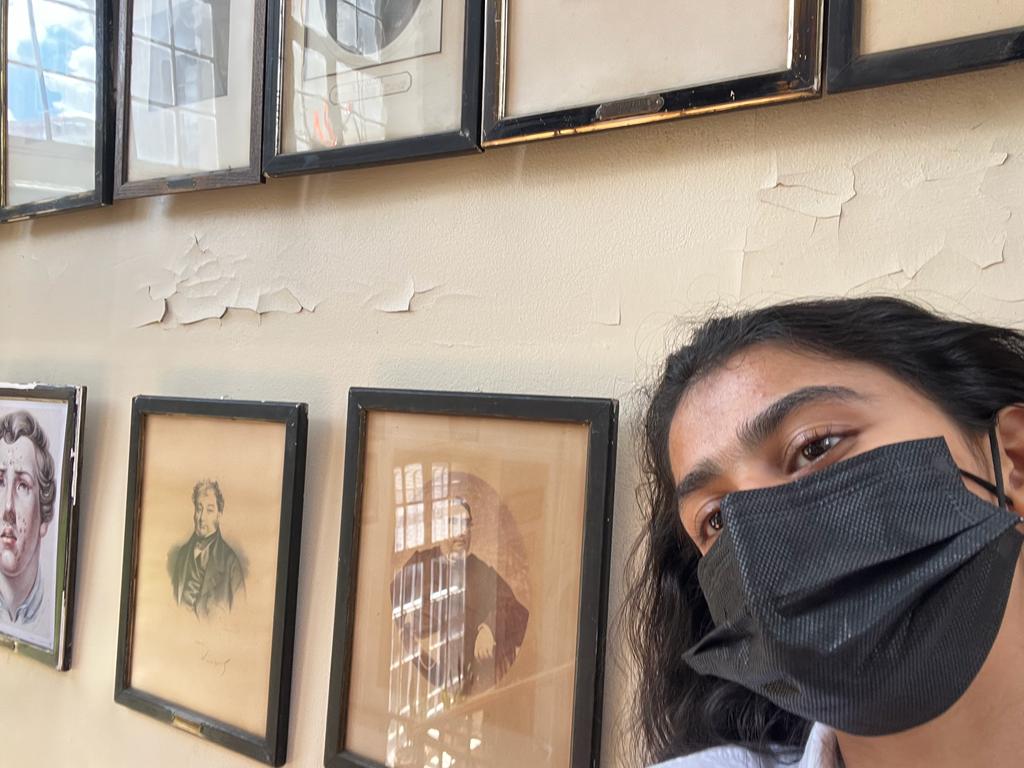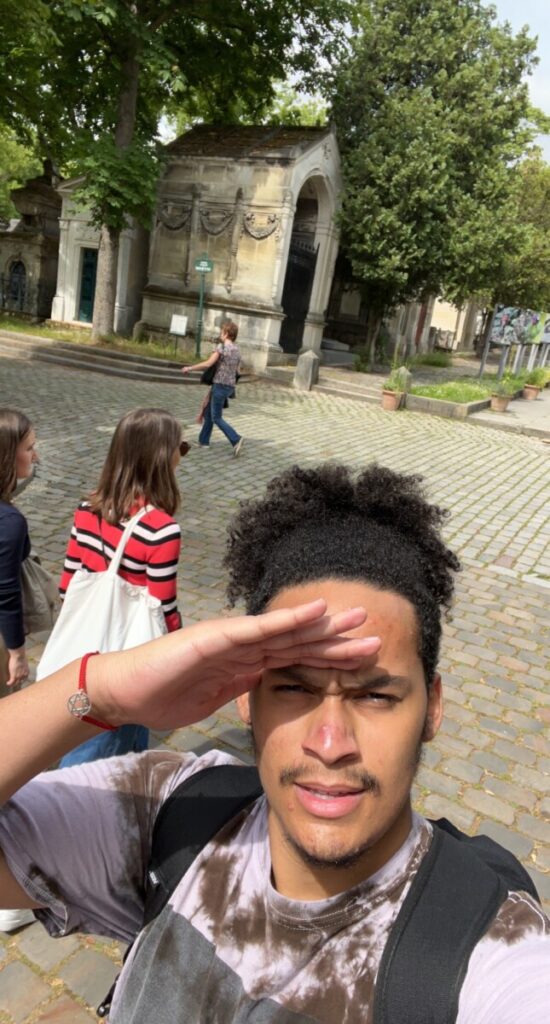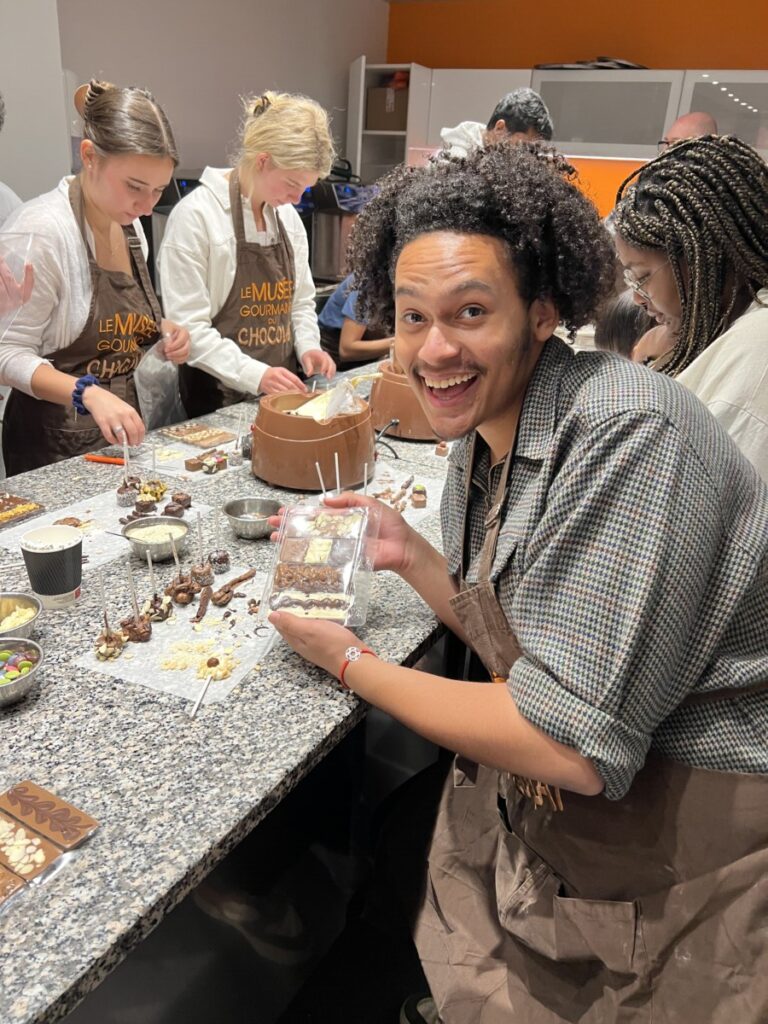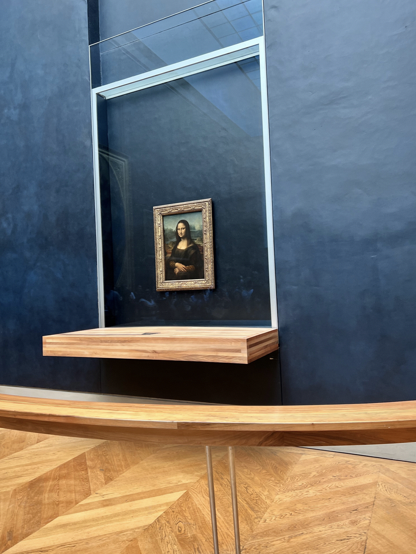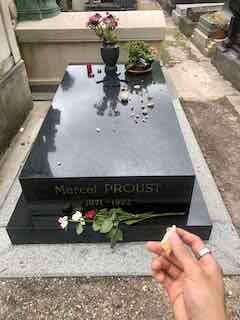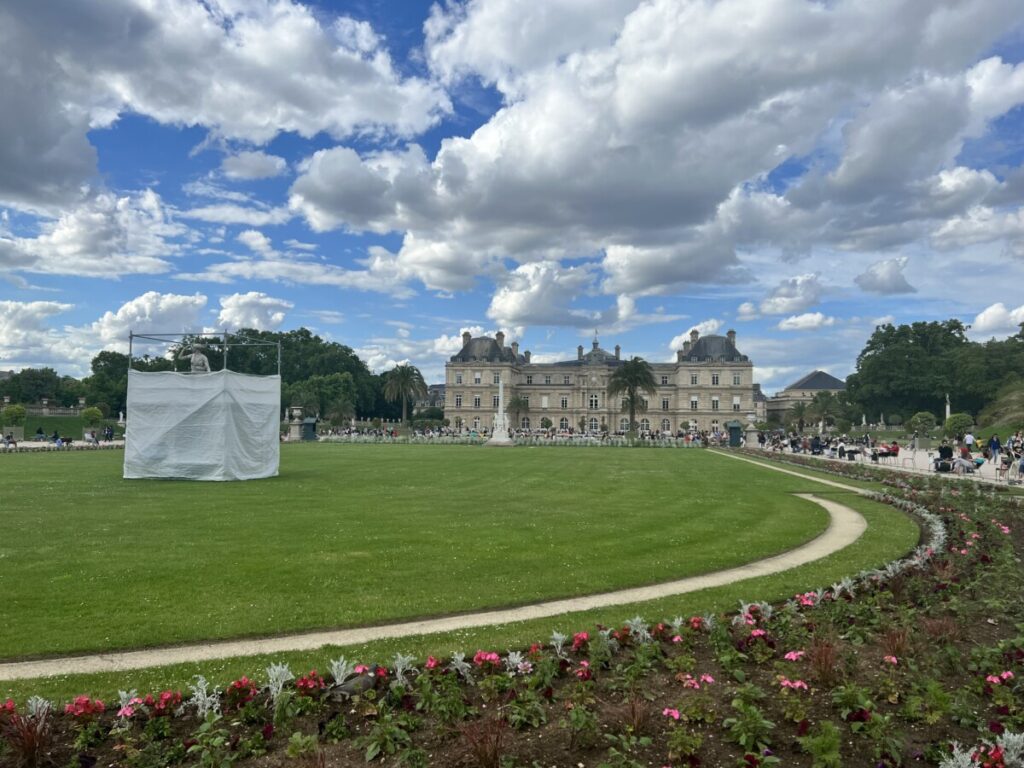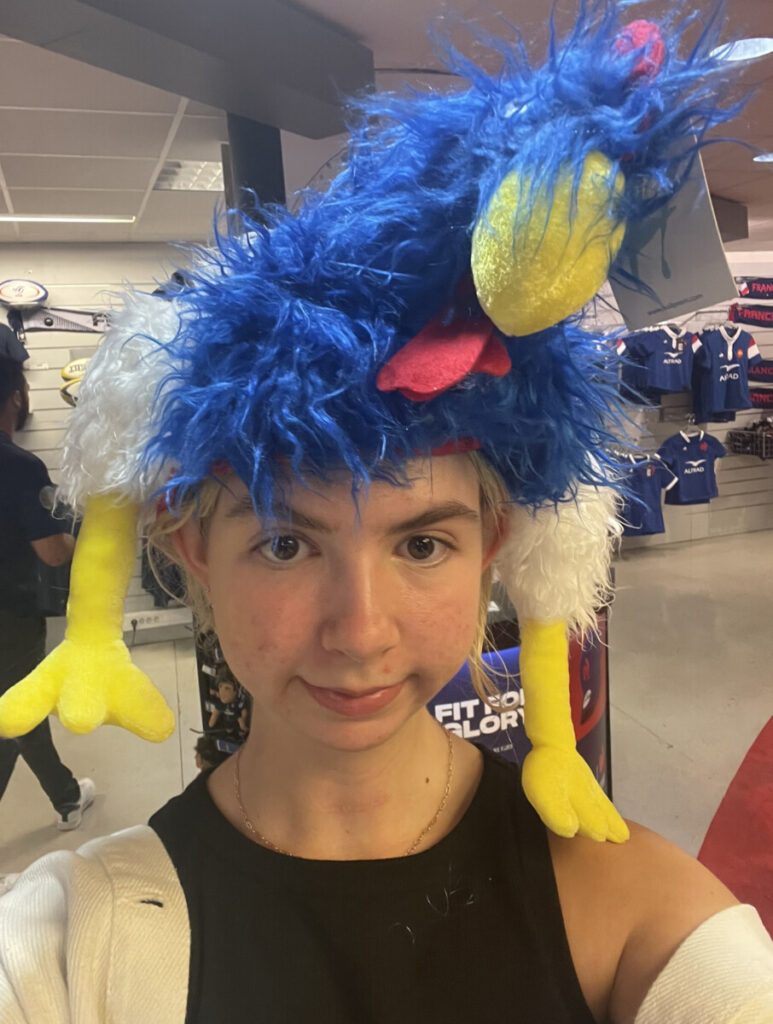Our Visit to the Dermatology museum on June 7th was very surprising. I went in expecting to not feel nauseated, but after the visit I did. We weren’t allowed to take pictures because all the molds were made from real-life patients, and taking pictures would be unethical. This visit connected to both our neuroscience classes, since we were able to connect our paper about syphilis and how a nervous system disease can also manifest onto the skin. We were able to connect our neuroscience knowledge about the neurological and ocular changes over various stages of syphilis and apply them while seeing the molds that represented the various stages of the disease on the skin.
I was also able to connect to my neuroethics research when we were informed about the reason we weren’t allowed to take pictures. It was refreshing to see how museums also require ethical guidelines when displaying structures taken from real-life patients.
